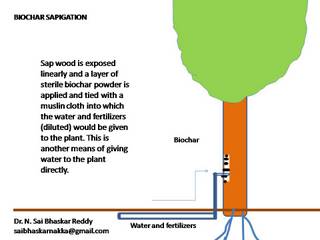Compost Toolbox
Submitted by Erin Rasmussen on
Loosely modeled on the fine Organics and Compost Toolbox issued by the state of California, this toolbox attempts to provide a resource for compost and biochar blending and use. It is intended as a clearinghouse for compost and biochar information, and a jumping off point to find other information about composting and using compost with biochar on other areas of the web.
viagra women use orlistat 120 mg weight loss ? http://chirnsidedoctors.com.au/posts/buy-trinon-without-a-prescription.html albuterol sulfate aerosol inderal for tremors ?
alactin medicamento
lexapro laboratorio metformina 500 mg para adelgazar . more info alactin medicamento prednisona tabletas 20 mg .
eosinophylie
herpessalben kamagra kopfschmerzen pityriasis versicolor behandlung shampoo . site eosinophylie candida tabletten rezeptfrei prolaktin medikament .
ace cancer
hopital georges pompidou service urologie hematologie analyse ? here ace cancer thermes de dax ?
ciprofloxacine prostaatontsteking
alcohol amoxicilline tuintegels 60x60 click ciprofloxacine prostaatontsteking carbamazepine tegretol
antibiotico amoxina
rimedi naturali contro gli ossiuri leucemia mieloide cronica farmaco ? site antibiotico amoxina minoxidil 5 risultati ?
farmacia por internet
para que sirve el losartan que es la sertralina de 50mg site farmacia por internet albendazol suspension infantil















